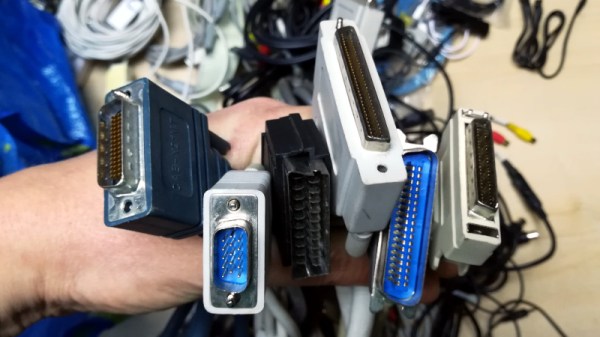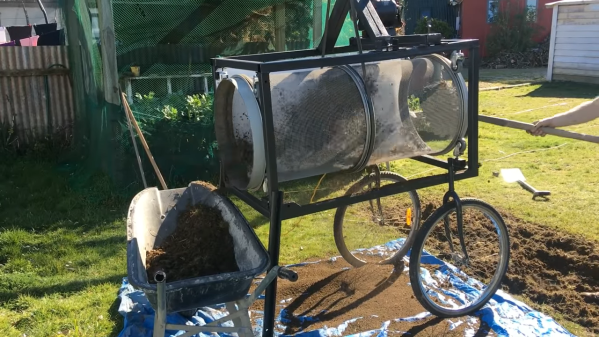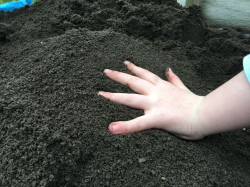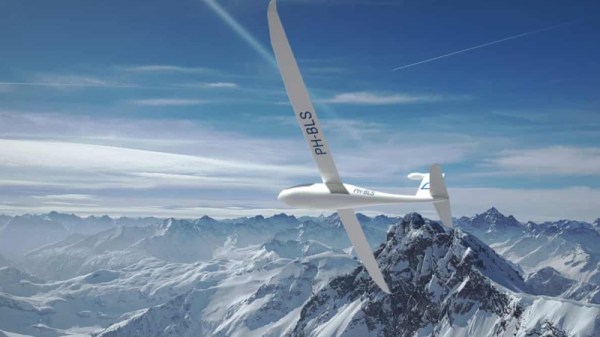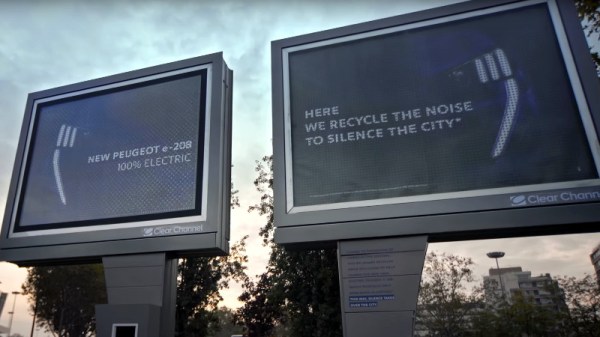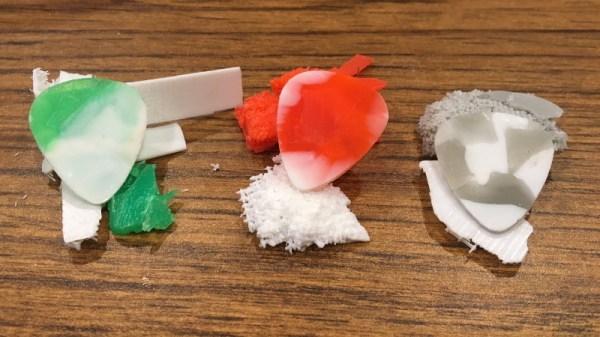Flight shaming is the hot new thing where people who take more than a handful of trips on an airplane per year are ridiculed for the environmental impact of their travels. It’s one strategy for making flying more sustainable, but it’s simply not viable for ultimately reducing the carbon impact that the airline industries have on the environment.
Electric planes are an interesting place to look for answers. Though carbon-free long haul travel is possible, it’s not a reality for most situations in which people travel today. Current battery technology can’t get anywhere near the energy density of fossil fuels and larger batteries aren’t an option since every pound matters when designing aircraft.
Even with land travel and electric grids improving in their use of renewables and electric power, aviation tends to be difficult to power with anything other than hydrocarbons. Student engineers in the AeroDelft program in the Netherlands have created Project Phoenix to develop an aircraft powered by a liquid hydrogen fuel cell, producing a primary emission of water vapor. So it is an electric plane, but leverages the energy density of hydrocarbons to get around the battery weight problem.
While the project may seem like an enormous reach peppered with potential safety hazards, redundant safety features are used such as sensors and vents in case of a hydrogen leakage, as well as an electric battery in case of failure. Hydrogen produced three times more energy per unit than kerosene, but is six times the volume in gas form and requires cumbersome compression tanks.
Even though hydrogen fuel only produces water vapor as a byproduct, it can still cause greenhouse effects if it is released too high and creates clouds. The team is exploring storage tanks for slow release of the water vapor at more optimal altitudes. On top of that, most hydrogen is produced using steam methane reforming (SMR), creating up to 150g of greenhouse gases per kWh, and electrolysis tends to be more costly and rarely carbon neutral. Alternatives such as solar power, biofuels, and electric power are looking to make headwind as well, but the technology is still far from perfected.
While it’s difficult to predict the success of the project so early on, the idea of reducing risk in hydrogen fuels may not be limited to a handful of companies for very long.
Continue reading “Reducing The Risk Of Flying With Hydrogen Fuels” →

